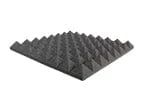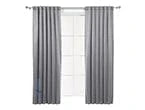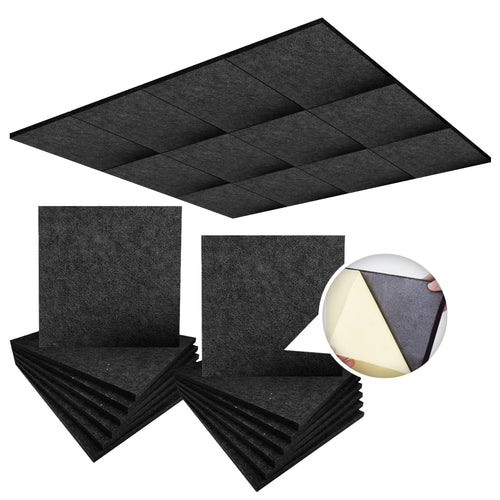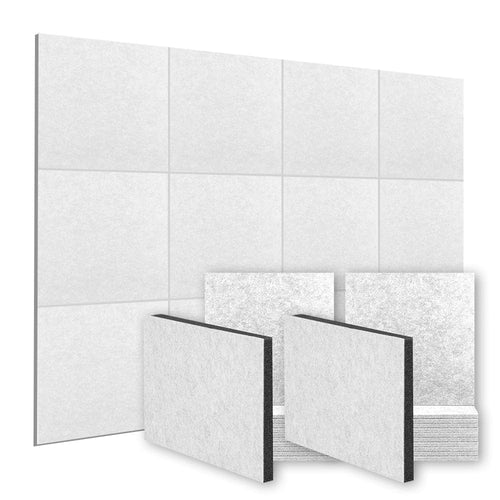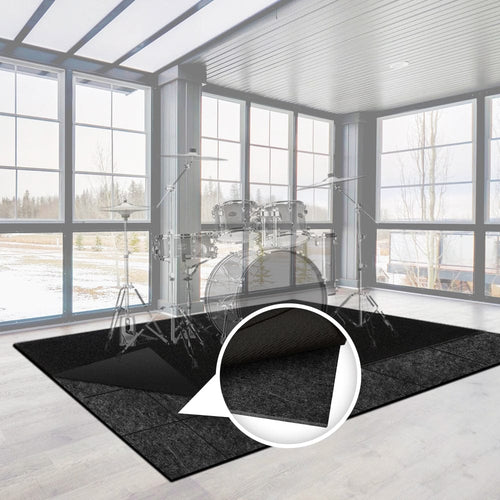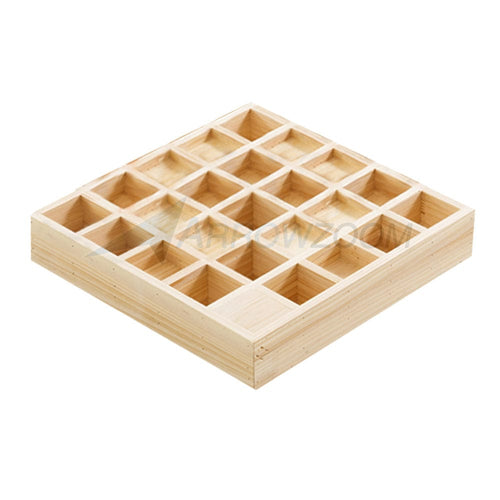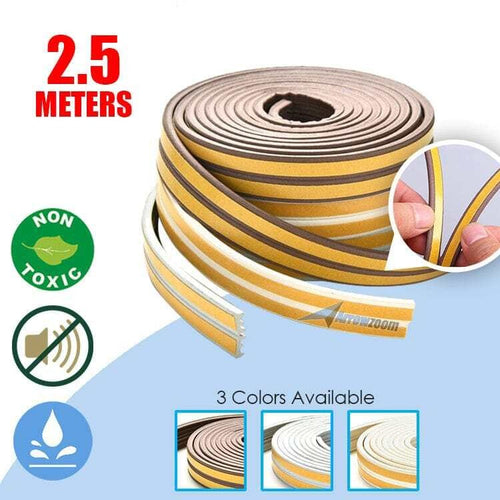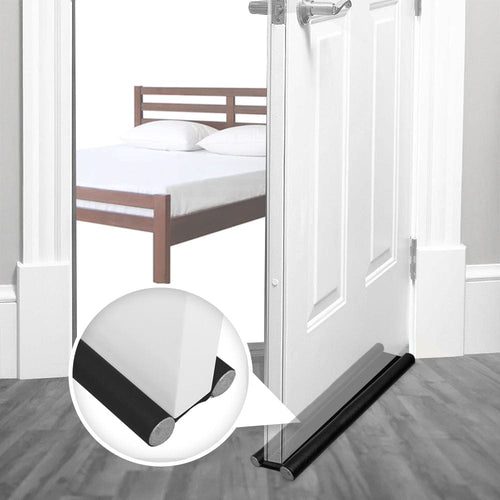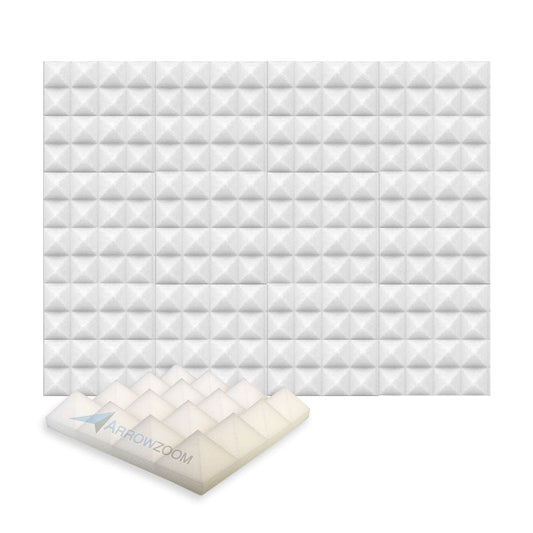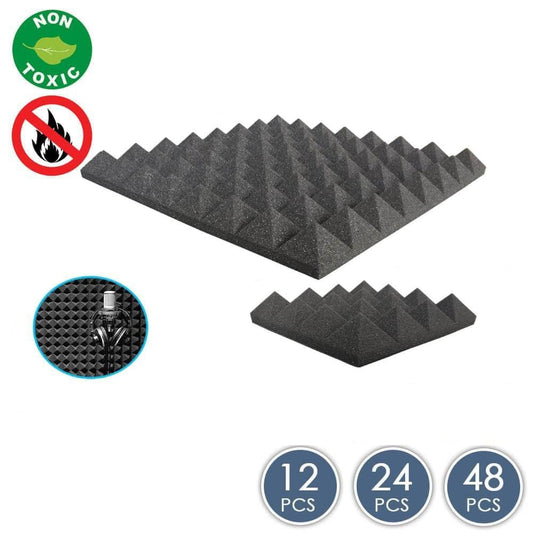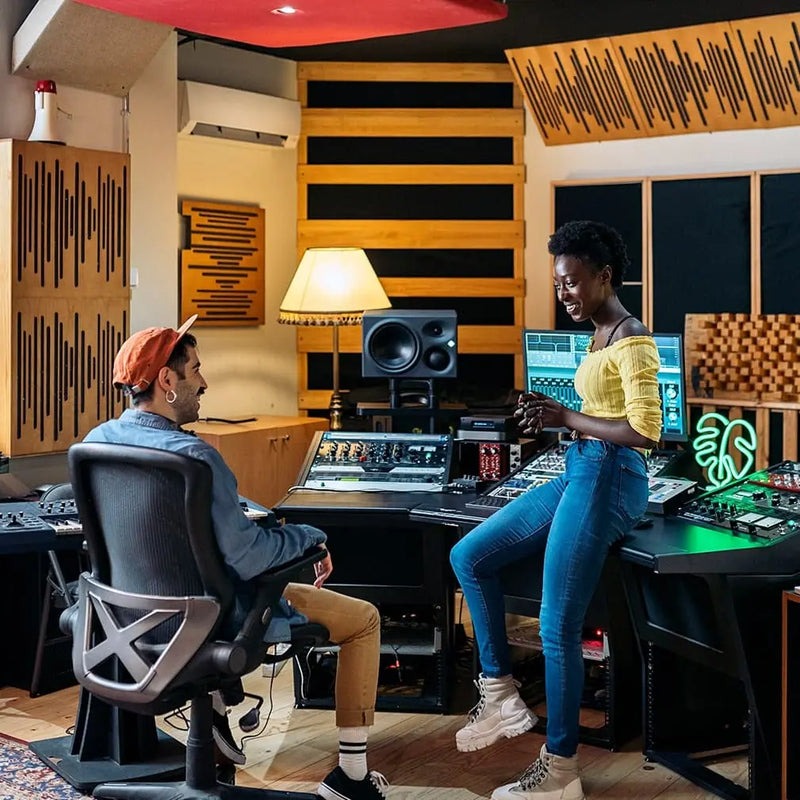Si bien puede alquilar tiempo en un espacio de estudio para grabar su propio audio en una cabina de sonido, el costo puede ser perjudicial para el presupuesto para usar dichos espacios. Para suavizar el costo, muchos cineastas y productores de video capturan la voz en off por su cuenta. El problema sigue siendo la necesidad de un espacio para grabar este audio. Afortunadamente, la mayoría de nosotros tenemos espacio en el armario disponible.
Al igual que Renegade Media Group , un canal de YouTube con más de 258 000 seguidores, compuesto por: Nathan Hamilton, Micah Salyer, Nic Owen, Chad Bartlett, Jacob Hart y Quinn Tate, hicieron un video de bricolaje y probaron cómo transformaron su armario en un cabina de grabación de sonido. Veamos qué se necesita para convertir un armario en su propia cabina de sonido de bricolaje.

1. Encuentra un pequeño espacio cerrado
Lo primero que necesitas es espacio. Puede usar un armario del pasillo, un armario para ropa blanca o una despensa para este espacio. Un armario debajo de las escaleras también es un excelente lugar para comenzar. No se necesita nada grande, solo el espacio suficiente para que una persona quepa cómodamente. Una vez que se haya decidido el espacio, ordene y despeje el espacio. Es posible que deba quitar estanterías o estantes para maximizar el espacio. Definitivamente desea que sus superficies sean planas para el siguiente paso.

2. Insonoriza el espacio
Puede encontrar varios tipos de espuma acústica para ayudarlo con su proyecto de bricolaje. Puede optar por los artículos más vendidos, como Pyramid u otros estilos de espuma. Asegúrese de medir la pared donde se instalarán estos paneles y obtener la cantidad correcta de piezas para garantizar una cobertura adecuada.

3. Reúna su equipo y pruebe
Ahora que su espacio ha sido insonorizado, puede reunir su micrófono o dispositivo de grabación y comenzar a grabar.





